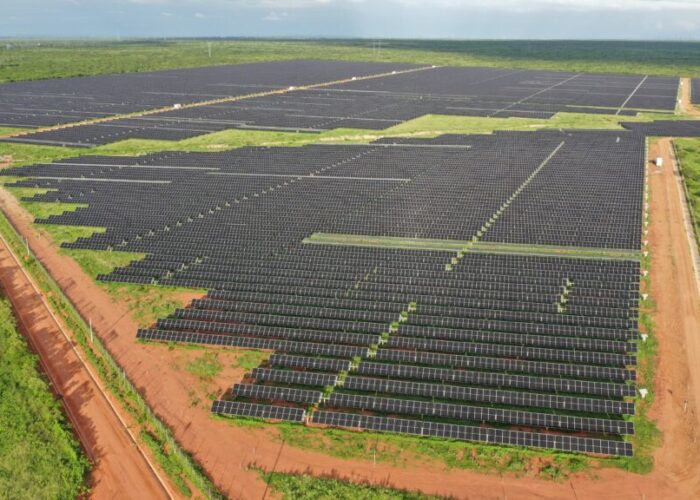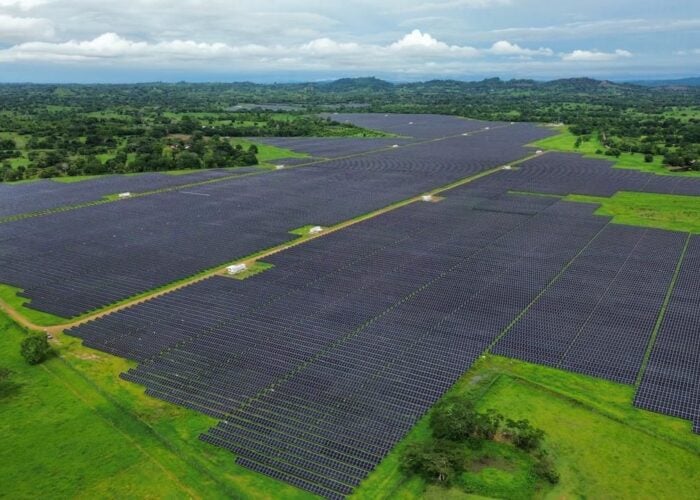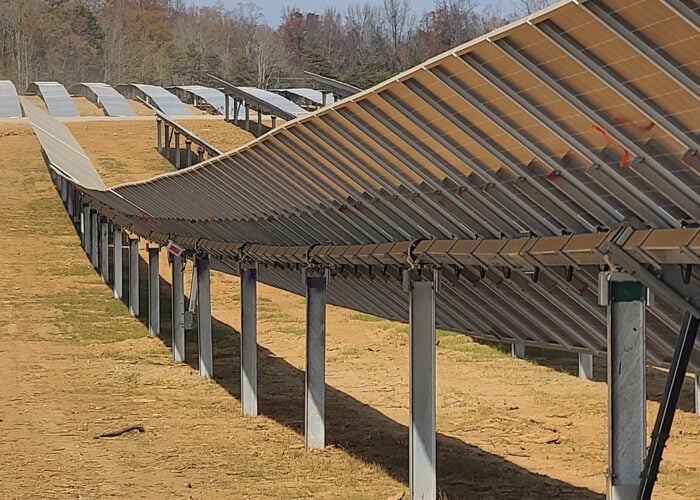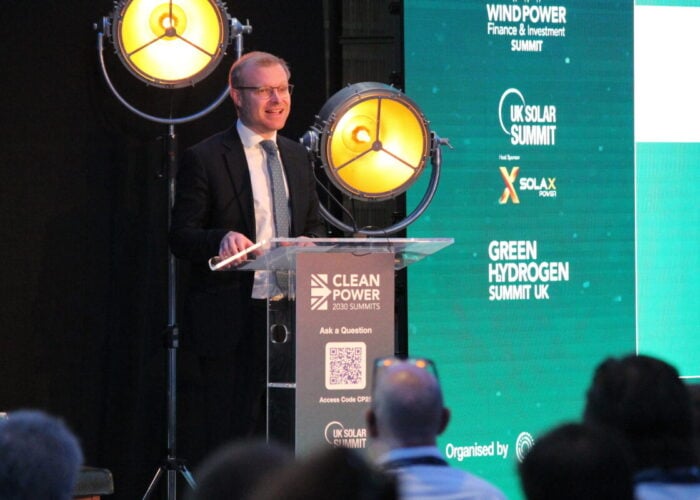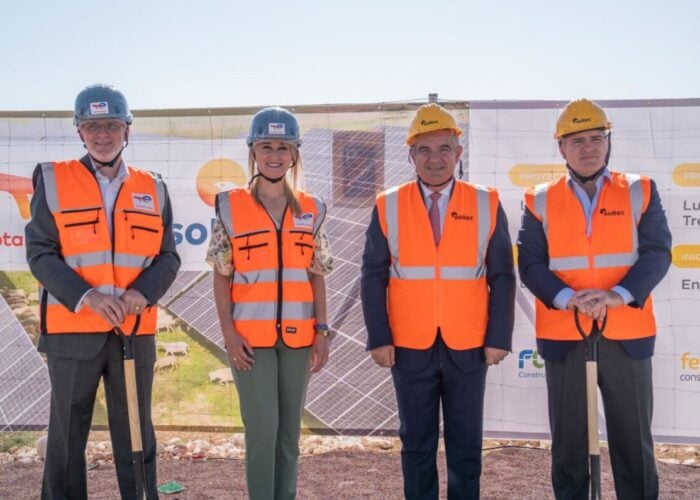The New Delhi Municipal Council (NDMC) is looking for contractors to build and operate rooftop PV as part of a solar rooftop rental programme planned for the Indian city.
New Delhi’s ‘Solar City’ programme could result in between 50 and 100MW of rooftop PV being built in the city, according to estimates.
Unlock unlimited access for 12 whole months of distinctive global analysis
Photovoltaics International is now included.
- Regular insight and analysis of the industry’s biggest developments
- In-depth interviews with the industry’s leading figures
- Unlimited digital access to the PV Tech Power journal catalogue
- Unlimited digital access to the Photovoltaics International journal catalogue
- Access to more than 1,000 technical papers
- Discounts on Solar Media’s portfolio of events, in-person and virtual
If approved, a private solar company would be chosen to install rooftop solar arrays on rented roofs belonging to private property owners, as well as the government buildings that are already included in the rooftop scheme.
The operator would then sell the solar power generated back to NDMC at a predetermined rate. The rate would be decided by the Delhi Electricity Regulatory Commission.
The cost of the solar equipment, installation and roof rental charged by square foot, would be borne by the chosen company.
As part of India’s JNNSM national solar mission, NDMC has already signed a memorandum of understanding (MoU) with the JNNSM lead body, the Solar Energy Corporation of India (SECI), to install rooftop solar on NDMC buildings.
Applicants for the scheme will be chosen based on annual bids submitted before 10 July.
NDMC chairman, Jalaj Srivastava met with Delhi’s lieutenant governor, Najeeb Jung on the 11 July, just after the deadline for bids, to discuss the rent-a-roof model, as the model does not require government funding. NDMC would oversee payments to roof owners, and payments for the power generated.
Consultancy Bridge to India estimates the residential rooftop potential in the territory of Delhi is around 1.2GW, and that electricity demand is rising 6% every year – leading to significant power shortages.
As part of a campaign for more rooftop solar in Delhi, Greenpeace and Bridge to India released a report last year.
The report found that Delhi could support 123GW of solar based on surface area, but using just 1.6% of Delhi’s land, could make it a 2GW PV city by 2020.
Of the 2GW potential, the report said 49% could come from residential rooftops, 15% from industrial buildings, 13% from government building and 23% from public and semi-public buildings.

